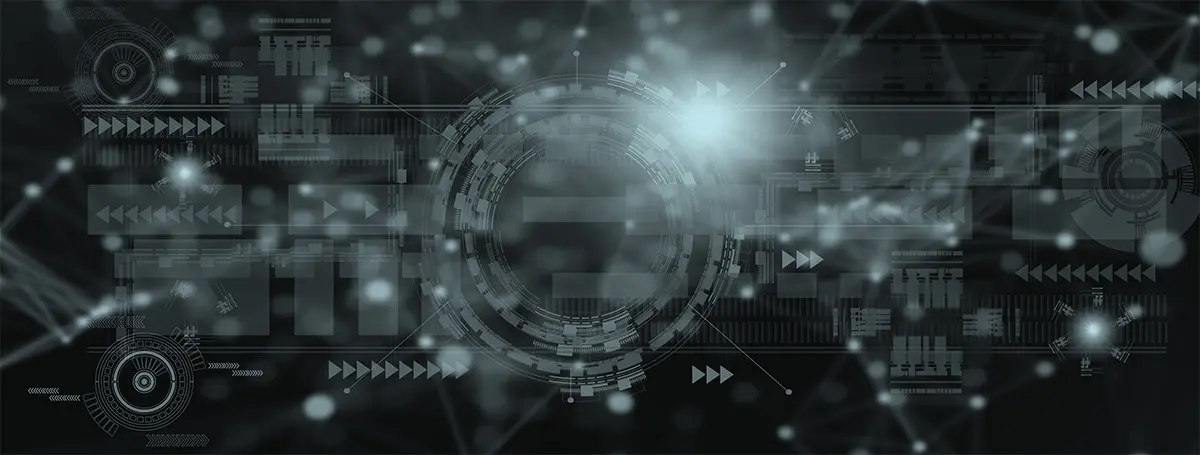Understanding the impact on your business of an adverse event, be that an emergency, disaster or accident is critical to ensure survival and recovery. Whilst tactically business continuity as articulated by ISO 22301 can assist a business, strategically there is a need to adopt a broader business resilience approach.
A normal Business Impact Analysis is designed as a systematic approach to determine and evaluate the potential impact of an interruption to a specific business system. However, how do we know which system or output is most important and how does that importance change over time? Consequently, how do we prioritise staff effort and finite resources across a broad spectrum of business continuity planning requirements?
Summary
Understanding your business’s key strengths and vulnerabilities—its Centre of Gravity—is crucial for strategic planning and crisis management. While ISO 22301 offers specific guidelines for business continuity, broader resilience planning is recommended.
Business Impact Analysis may identify the impacts of disruptions, yet it’s difficult to prioritize what is critical over time. Leveraging military strategy, organizations can determine their core assets to focus on for maintaining a competitive edge.
Balancing efficiency with resilience is complex, as seen in the efficient but fragile “just in time” logistics model. Inspired by military theories from Clausewitz and refined by Dr. Joe Strange, identifying your Centre of Gravity helps allocate resources and make effective decisions, especially during a crisis.
Such strategic insight allows businesses to manage an entire crisis lifecycle, from preparation to recovery, ensuring the Incident Management Team acts with clear direction, crucial for overcoming crises and ensuring business survival.
Read the complete article here







